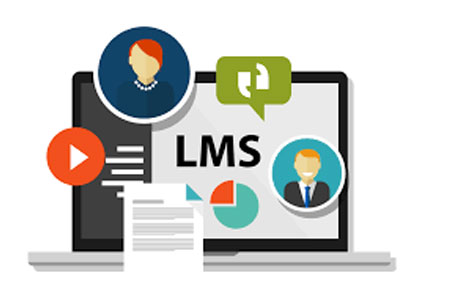THANK YOU FOR SUBSCRIBING
Be first to read the latest tech news, Industry Leader's Insights, and CIO interviews of medium and large enterprises exclusively from Education Technology Insights
What are the Advantages of 5G in the Education Sector?
Higher education is about to get a major boost as 5G enabled advancements will enter the classroom environment.

By
Education Technology Insights | Thursday, January 16, 2020
Stay ahead of the industry with exclusive feature stories on the top companies, expert insights and the latest news delivered straight to your inbox. Subscribe today.
Higher education is about to get a major boost as 5G enabled advancements will enter the classroom environment.
FREMONT, CA: The pursuit for better ways of teaching-learning is always on. Classrooms evolve continuously in response to the external world. Technology has proved to be the most impactful factor in today's world, and modern classrooms reflect the same. With technology, educators can easily develop connections between topics and explore complicated subjects. However, an unsystematic approach and inefficient applications have adverse effects on learning outcomes. To rule out negative aspects and consolidate the advantages, the education sector is looking forward to 5G.
• Deploying IoT in Classrooms
Setting up learning aids and collecting feedback can be time taking processes. The mix of Internet of Things (IoT) and 5G, teachers, can be automatically logged into automatically log in as soon as they enter the classroom. Repetitive administrative duties can be automated, and students can deliver feedback digitally. The higher bandwidth of 5G will ensure network connectivity throughout the duration of lectures and presentations, preventing disruptions in connections and hinderance in focus.
• Extended Bandwidth for Mixed Reality Applications
Mixed reality content demands high bandwidth and low latency to work effectively. 4G has only been partially successful in maintaining the necessary traffic and creating immersive experiences. But with 5G, teaching-learning activities will be seamless. Students can view the human body or visit other planets with the help of virtual reality tech. With 5G-powered augmented reality, students can explore dynamic concepts.
• Robotic Teaching Assistants
Learning styles vary from student to student since every individual's ability is different. 5G will help students continue with lessons even outside the classroom through smart devices. Notwithstanding the location or distance, 5G allows students to obtain the same information and exercises as their peers. Learners with special needs who require extra support from teachers will get to leverage robotic applications to help with problem-solving. 5G will allow robots to work as full-time assistants and assist students by answering queries immediately.
5G will ultimately make classrooms more conducive for educational interaction, resulting in better teaching-learning outcomes.
Check out: Top Education Technology Solution Companies







